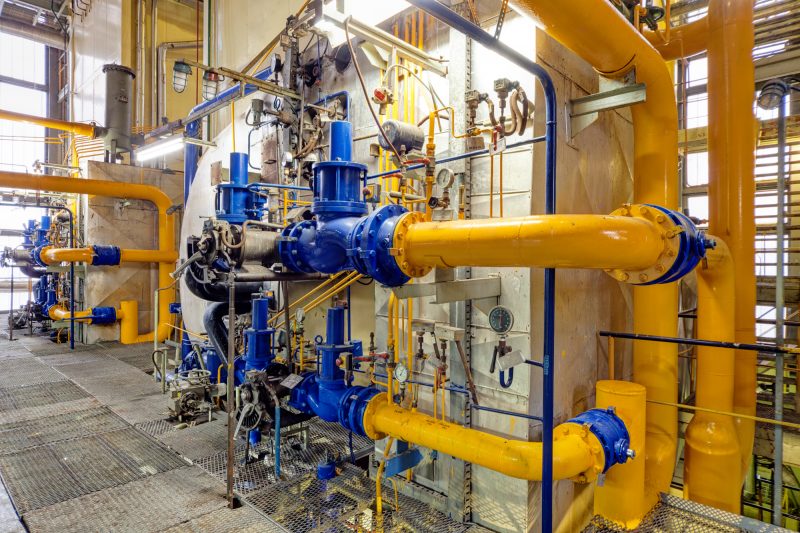Risk assessments are foundational processes found in every successful safety culture. They identify hazards, provide safe solutions, and improve productivity organization-wide. Unfortunately, safety cultures are not mechanized – they require a healthy amount of ongoing maintenance to remain legitimate and effective.
Safety cultures can quickly become investment dumps for companies that do not take the care to consistently provide that maintenance. Ongoing risk assessments are the solution.
How Often Should Risk Assessments Take Place?
Risk assessments are similar to health checkups – you should have one every year just to be sure that everything is working correctly, even if nothing is obviously wrong. However, if something were to suddenly change or go wrong with your body, you would want to go in immediately for another checkup, regardless of how long ago you last visited.
At a minimum, ongoing risk assessments should translate to at least once every 12 months. This is the bare minimum needed to diagnose major hazards and weak points within safety cultures. However, as we’ve discussed before, the bare minimum should never be acceptable when it comes to the safety of employees in the workplace.
Legislation & Task Changes
Two major changes should always require a subsequent risk assessment in the workplace:
- Changes to health and safety regulations, and
- Changes to applicable workplace tasks and processes
Health and safety regulations can change quite suddenly, but changes in the law will typically always occur on October 1st and April 6th of every year. To view any changes in OSHA regulations, you can visit their “What’s New” page, here. Changes in health and safety regulations are often difficult to navigate, however, so we always recommend consulting with a safety professional regarding any questions you may have on how new laws and regulations will affect your business. If safety regulations change, risk assessments must be conducted afterward to ensure that all company processes are still in compliance.
Additionally, any time a new process or task is changed – like a conveyor belt being added to manufacturing lines to prevent hand injuries – a risk assessment must be conducted. This ensures that no new hazards crop up as a result of the change.
Problems & Accidents
A risk assessment is the most thorough method of acquiring solutions when it comes to the safety of your employees. Unfortunately, not all safety hazards appear dangerous at first; there are often underlying problems in work processes that create dangerous conditions later down the line. If problems begin to arise – like a jam in machinery – then a risk assessment should be conducted to certify that ensuing operations continue safely.
Of course, it should go without saying that an actual accident would require a consequential risk assessment. These risk assessments are crucial to locating, identifying, and treating any hazards that may pose a threat to your employee’s safety – and an injury is as clear of an indicator as any.
Ongoing risk assessments are the only way to ensure that your company’s safety culture remains effective and strong for years to come. If you’re ready to begin seeing the far-reaching benefits of ongoing risk assessments within your own organization today, don’t hesitate to reach out to us by phone at 630.759.9908 or by email at Info@Optimum-USA.com, today.







